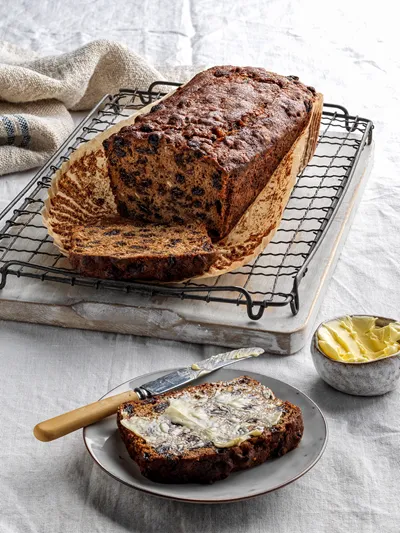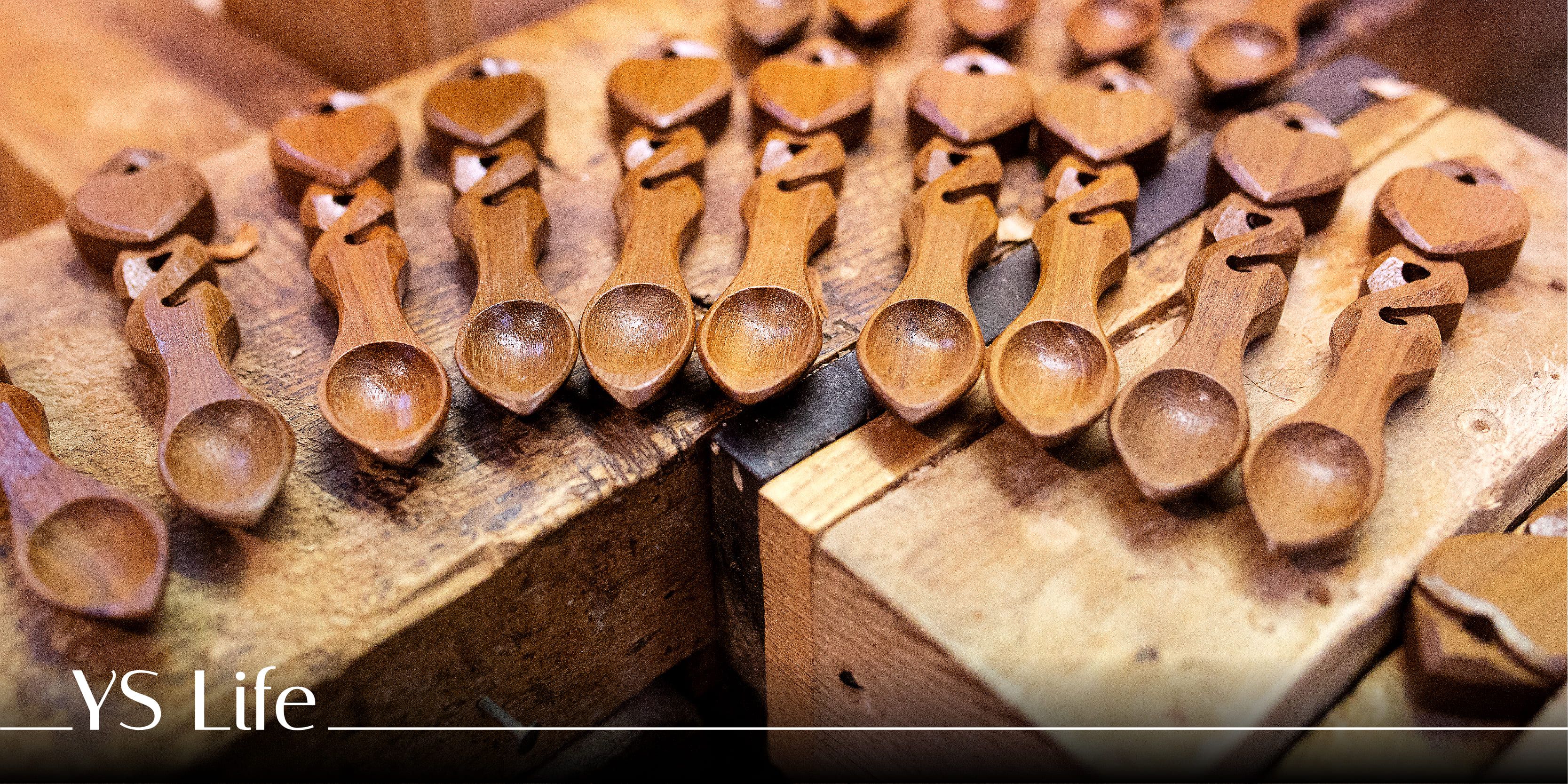Why the Welsh prefer to cwtsh up on St Dwynwen's Day
Cwtching takes centre stage on January 25, the day that celebrates St Dwynwen, the Welsh patron saint of lovers. It’s the ideal time to visit Anglesey, an island known for its ancient history, gorgeous views, and quaint villages.
The rest of the world may be in love with Valentine’s Day, but in Wales, people celebrate love on January 25–St Dwynwen's Day–every year. Dydd Santes Dwynwen is when the Welsh exchange cards and gifts, plan special meals, spend time with their loved ones, go for long walks, or cwtsh up in front of a roaring fire.
Cwtch, pronounced ‘kutch’ to rhyme with ‘butch’, is a beautiful Welsh word that effectively means to hug or cuddle. But it’s much more than that. A hug or a cuddle is for everyone, but the Welsh believe that a cwtch is for someone special, someone who brings you joy and love with their sheer existence.
“It’s wrapping of your arms around someone to make them feel safe, warm and comforted; it’s a safe space of sheer love,” says Emma Powell, who runs a gift shop that sells mugs and T-shirts carrying the slogan ‘Everyone can hug, only the Welsh can cwtch’.
Powell adds that cwtch is much like the other Welsh words that are impossible to translate into English–hiraeth (a sense of homesickness or nostalgia; longing; wistfulness), hwyl (a rousing feeling of emotional motivation and energy; a feeling which inspires passionate eloquence), and cynefin (the place where we feel we belong, where people and landscape are familiar, and sights and sounds are reassuringly recognisable).
Cwtching takes centre stage on the day that celebrates St Dwynwen, the Welsh patron saint of lovers, whose name translates into ‘she who leads a blessed life’. However, Dwynwen, who is said to have lived in what is now Brecon Beacons National Park, was not lucky in love. Welsh folklore and Celtic mythology have multiple versions of her story, but most of them reveal her failed romance with Maelon Dafodrill.

The tradition of exchanging lovespoons began in Wales in the 16th century, and it comes to the fore on St Dwynwen's Day.
The prettiest of King Brychan’s 24 daughters, Dwynwen refused the match her father had arranged for her and fled to the woods when he refused to acquiesce to the union with Maelon. Her prayers brought forth an angel who gave the princess a sweet potion to help her forget Maelon. She drank up, only to find her love turned into a block of ice. Fervent prayers gave her three wishes; she asked for Maelon to be thawed and God to help all true lovers, and wished that she never married.
“When God granted her wishes, Dwynwen dedicated the rest of her life to His service and became a nun. She set up a convent on Llanddwyn Island, a remote corner of Ynys Môn (Anglesey) in North Wales,” Powell tells me.
Anglesey, the largest island in England and Wales, is known for its ancient history and many prehistoric and Celtic remains. Connected to the mainland by the Menai Bridge and the Britannia Bridge, the island–spread over 676 sq km–offers some of the most picturesque and varied landscapes in the British Isles.
Llanddwyn Island (Ynys Llanddwyn in Welsh) is a small tidal finger of land, off the west coast of Anglesey. It’s attached to the mainland at all times except when the tide is the highest. It offers an enchanting day out, with undulating dunes, large rock outcrops, and historic buildings. The island has been a place of pilgrimage since the Middle Ages, with Llanddwyn literally translating to ‘Dwynwen’s Church’.
The church Dwynwen established centuries ago is now in ruins, but there’s plenty to explore on a walk around the small island, amid pine forests, taking in the spectacular views of Snowdonia and Llyn Peninsula.
I take the winding coastal path that runs around the island, walking by the remains of a medieval stone church, a large Celtic cross, and Tŵr Mawr, the first lighthouse constructed on Llanddwyn.

The sun-dappled coastline of Anglesey provides ideal picnic spots.
Keeping close to the shoreline leads me to a row of sun-kissed, whitewashed cottages that used to house pilots, and Tŵr Bach, a smaller lighthouse.
There are several wells and springs on the island, including Merddyn Cil (Merlin’s Well) and Ffynnon Dafaden (whose waters are said to cure warts).
Dwynwen’s Well is a favourite with lovers–the eels that live here are believed to have predicted whether a relationship would last the course! The person seeking advice would lay a handkerchief on the surface of the water and a local wise woman would interpret the eels’ reaction.
I see a few families enjoying the blustery day in secluded beach coves with picnic baskets. Further on, I spot a couple, enjoying a champagne picnic, exchanging lovespoons.
The tradition of exchanging lovespoons began in Wales in the 16th century, and it comes to the fore on St Dwynwen's Day.
“Modern lovers gift flowers and chocolates, but back then young men would spend hours carving a lovespoon for their love. If she accepted the spoon, that showed her interest,” Powell says.
Lovespoons are veritable works of art, typically crafted out of warm wood, showcasing elaborately detailed handles with relief carving, panel piercing, fretwork, or a combination of all three. The earliest dated Welsh lovespoon goes back to 1667 and is displayed at National Folk Museum of Wales, St Fagans, in Cardiff.
Spoons were then designed to showcase suitors’ interest and skills at carving and artistry–a way for fathers to see if the men were capable of caring for their daughters. Today, apart from being given to love interests, decorated spoons are exchanged with friends and family and often used to record special occasions such as births, engagements, weddings, and anniversaries.

The 19-syllable name of this village on Anglesey is the longest place name in Europe.
In the few days I spend with the family in Anglesey, I realise that there’s plenty to do.
Near Newborough, a small village with a population of less than a 1,000 people, is Newborough Warren, one of the largest and finest dune systems in the UK. The wind and the sea have worked together for thousands
of years to form rolling dunes, coastal marshes, and sandy and rocky shores.
We make time for a small village with the longest name in Europe: Llanfairpwllgwyngyllgogerychwyrndrobwllllantysiliogogogoch.
Home to about 3,000 people, the village, with a name that translates to ‘St Mary's Church in the hollow of white hazel near a rapid whirlpool and the Church of St Tysilio near the red cave’, is one of the busiest places on the island. More than two lakh visitors troop in every year, all keen to get a photo with the name in the background.
The Welsh call Beaumaris the greatest castle never built. The last of the royal strongholds created by King Edward I in Wales is said to be his masterpiece. James of St George, an architect, took advantage of its beautiful natural setting: the ‘beau mareys’ or ‘beautiful marsh’ beside the Menai Strait. The symmetrical castle–with a water-filled moat, succession of four concentric ‘walls within walls’, and stout towers–was never finished due to wars with the Scottish and the death of Edward I.

Beaumaris, the last of the royal strongholds created by King Edward I in Wales, is said to be his masterpiece.
However, along with Caernarfon, Conwy, and Harlech and two sets of town walls, it found place on the UNESCO World Heritage List in 1986.
We explore other attractions on the island: Plas Newydd Historic House and Gardens, once the home of the marquess of Anglesey; Menai Suspension Bridge, one of the world’s first modern suspension bridges that connects the mainland to Menai Town; and Anglesey Sea Salt Co, which offers tours to showcase the process of salt making.
Bryn Celli Ddu, which translates to ‘mound in the dark grove’, is the best-known prehistoric monument in Anglesey. Constructed around 5,000 years ago to protect and pay respect to the remains of ancestors, the ‘henge’ or ritual enclosure is aligned to the rising sun on the longest day of the year. At dawn, on midsummer solstice, light shines directly into the tomb’s passageway and lights up the chamber.

Slathered with butter, a slice of Bara Brith makes for the perfect accompaniment to a hot beverage.
That evening, we ring in the sunset at a pretty seaside pub. The Benllech is known for its seafood, and it more than lives up to its reputation. Cold glasses of beer are the perfect accompaniment to chowder with warm crusty bread, fish and chips, and seafood spaghetti, rich with mussels, prawns, and squids in a silky cream sauce.
The sweet offerings include chocolate tart, brownies, and ice cream, but I find myself breaking out the Welsh cakes, soft, tender flatbreads that are a cross between a pancake and a biscuit. I also try Bara Brith, flavoured with tea, dried fruits and spices. The taste of the fragrant Welsh tea bread, mildly sweet, grows on you.
As does St Dwynwen;s most famous message, ‘Nothing wins hearts like cheerfulness’, which often finds place on T-shirts and tote bags.
The venerated lady may be remembered largely on the Welsh day of love, but her words should be committed to memory through the year. A cwtsh and some cheerfulness could be all you need to find and keep love. And, of course, that lovespoon as well!
Edited by Swetha Kannan











